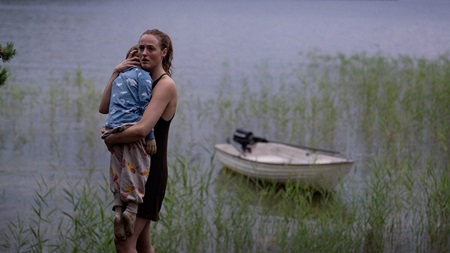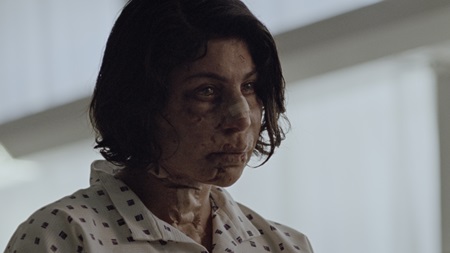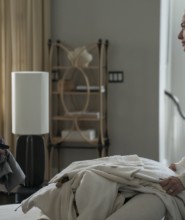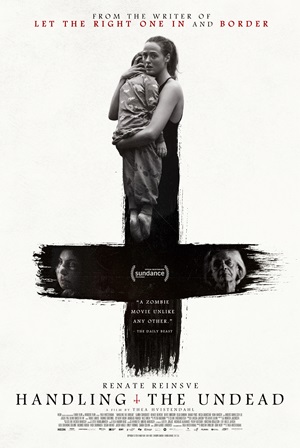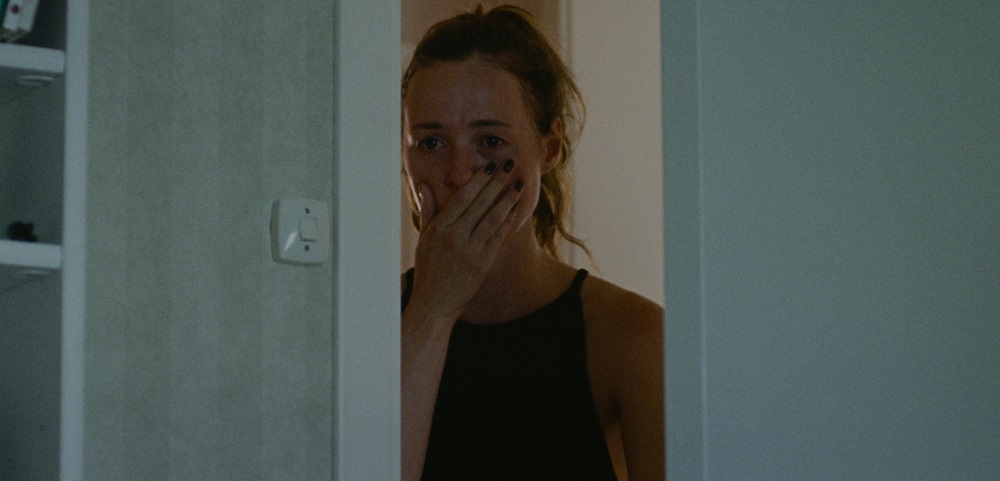
Grief Refuses to Die in Thoughtfully Haunting Handling the Undead
Anna (Renate Reinsve) is a single mother who cannot get over her grief over the recent loss of her young son. For unspoken reasons, she cannot look her own father Mahler (Bjørn Sundquist) in the eye, let alone share a quiet morning breakfast with him. He, in turn, has no idea how to help his daughter in her greatest time of need.
David (Anders Danielsen Lie) is an aspiring standup comic deeply and passionately in love with his wife Eva (Bahar Pars). On the eve of the birthday of their youngest child Kian (Kian Hansen), and with their teenage daughter Flora (Inesa Dauksta) off doing who knows what, Eva is killed in a horrific auto accident. The family is devastated.
Tora (Bente Børsum) is the last to leave the funeral of her beloved Elisabet (Olga Damani). She journeys back to a spacious empty house, and for all of the pair’s tasteful and expensive furnishings, the only things it appears to be filled with now are memories of the woman she loved.
Based on the novel by John Ajvide Lindqvist, the writer behind Let the Right One In and Border, this is the heart-wrenching starting point for Handling the Undead, an exquisite examination of grief that leaves a lasting mark. Director and co-writer Thea Hvistendahl meticulously paces the drama, insisting on analyzing her characters and their reactions to the unfathomable events they are all forced to reckon with in intimate detail, instead of focusing on the ghoulish horror slowly enveloping them.
And what may that be? On Oslo’s hottest day of the year, members of the recent dead awaken and travel back to their former loved ones. Mahler pulls his grandson from his grave after hearing him knocking from inside his coffin. Eva opens her eyes in the same hospital bed on which she died. Flora stumbles back inside her home as if she had been aimlessly sleepwalking around the neighborhood.
Each of these stories looks at what this reunification must be like for all of these individuals. Even though she knows something is catastrophically wrong, Anna becomes even more overtly protective of the boy than when he was alive. David, Flora, and Kian are spiritually discombobulated — the whiplash from being told Eva is dead to now being kept away from her by the hospital becomes a new trauma they cannot understand. Tora is emotionally overwhelmed when Elisabet returns to her, and the thought that she can spend her remaining years with the love of her life is keeping her from seeing the danger that’s quietly sitting at the kitchen table.
These are not George Romero zombies. Those walking into this horror-tinged melodrama anticipating some sort of blood feast will be severely disappointed. Hvistendahl and Lindqvist don’t follow the traditional path. Instead, they spend all of their efforts traveling through these three stories to showcase the various ways people deal with the death of a loved one. There are no cheap jump scares, no sudden outbursts of chaos or gore. Violence is (mostly) of the psychological variety and, more to the point, almost always self-inflicted.
Some of this can come off as moderately ostentatious and impenetrably vague. This is by design. The terrors at the heart of this story are almost entirely internalized. How do you let go if the dead are suddenly brought back, even when you know they are no longer the person they used to be? Do you overlook those clues and cling to past memories? Or do you find a way to say goodbye for a second time? These are difficult questions, and none of them have simple answers.
This means Handling the Undead won’t be for everyone. But Hvistendahl treats the audience with respect, her and Lindqvist’s reworking of the latter’s source material is respectful, intelligent, and overflowing in empathy. They refuse to judge their characters, allowing each to make choices — good, bad, whatever — that feel authentically organic to who they are and the situations they are experiencing. This is exactly how it should be. More to the point, it’s also fairly close to how it actually would be.
– Review reprinted courtesy of the SGN in Seattle
Film Rating: 3½ (out of 4)

